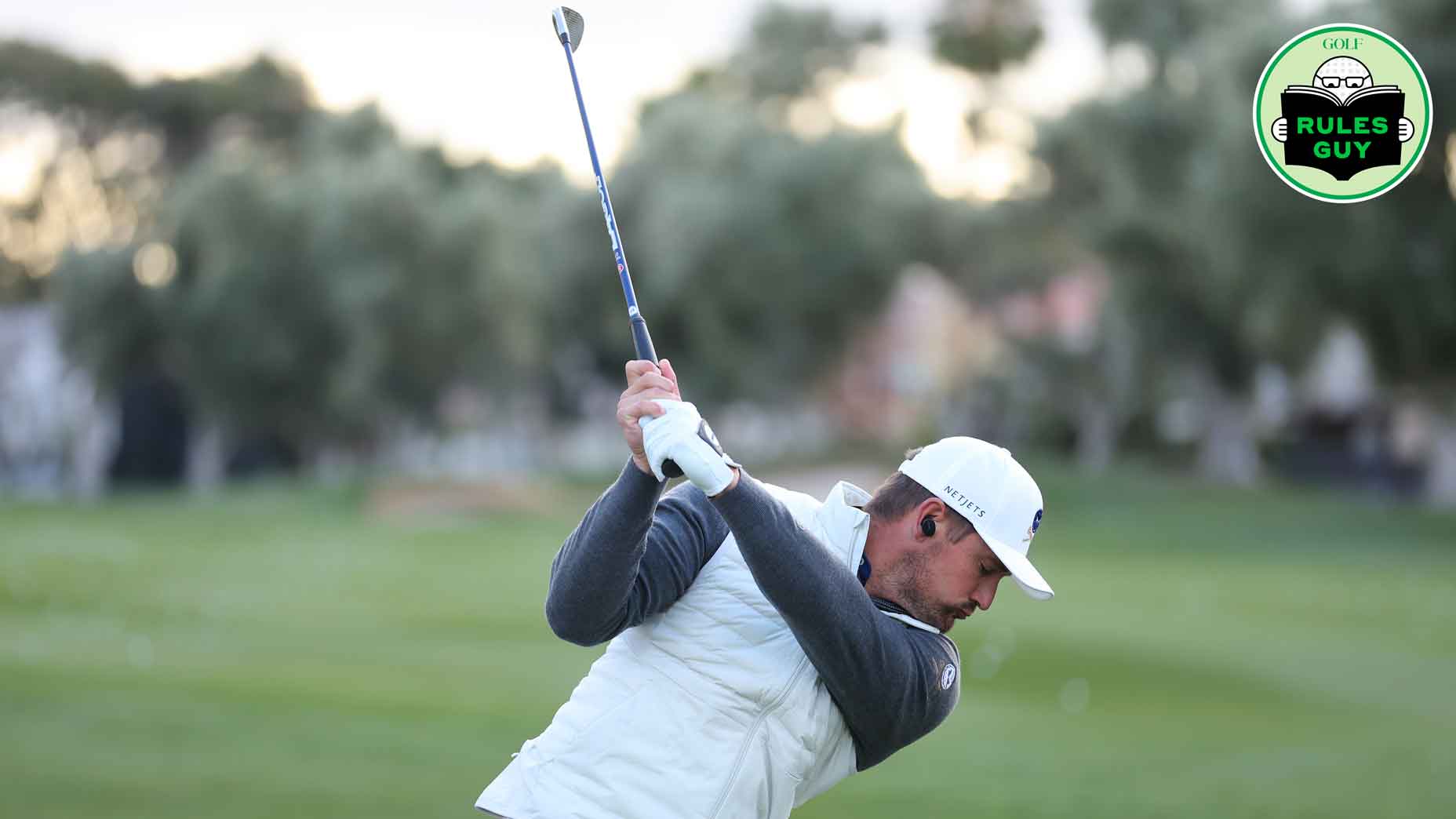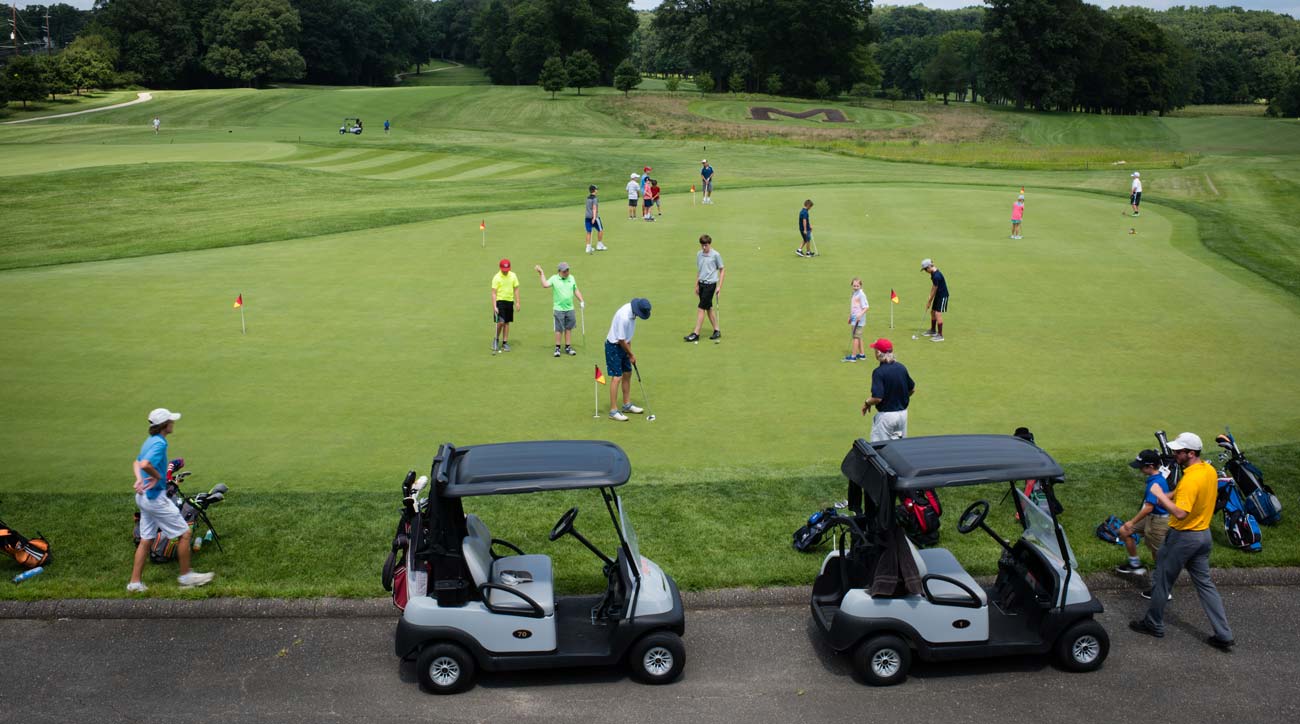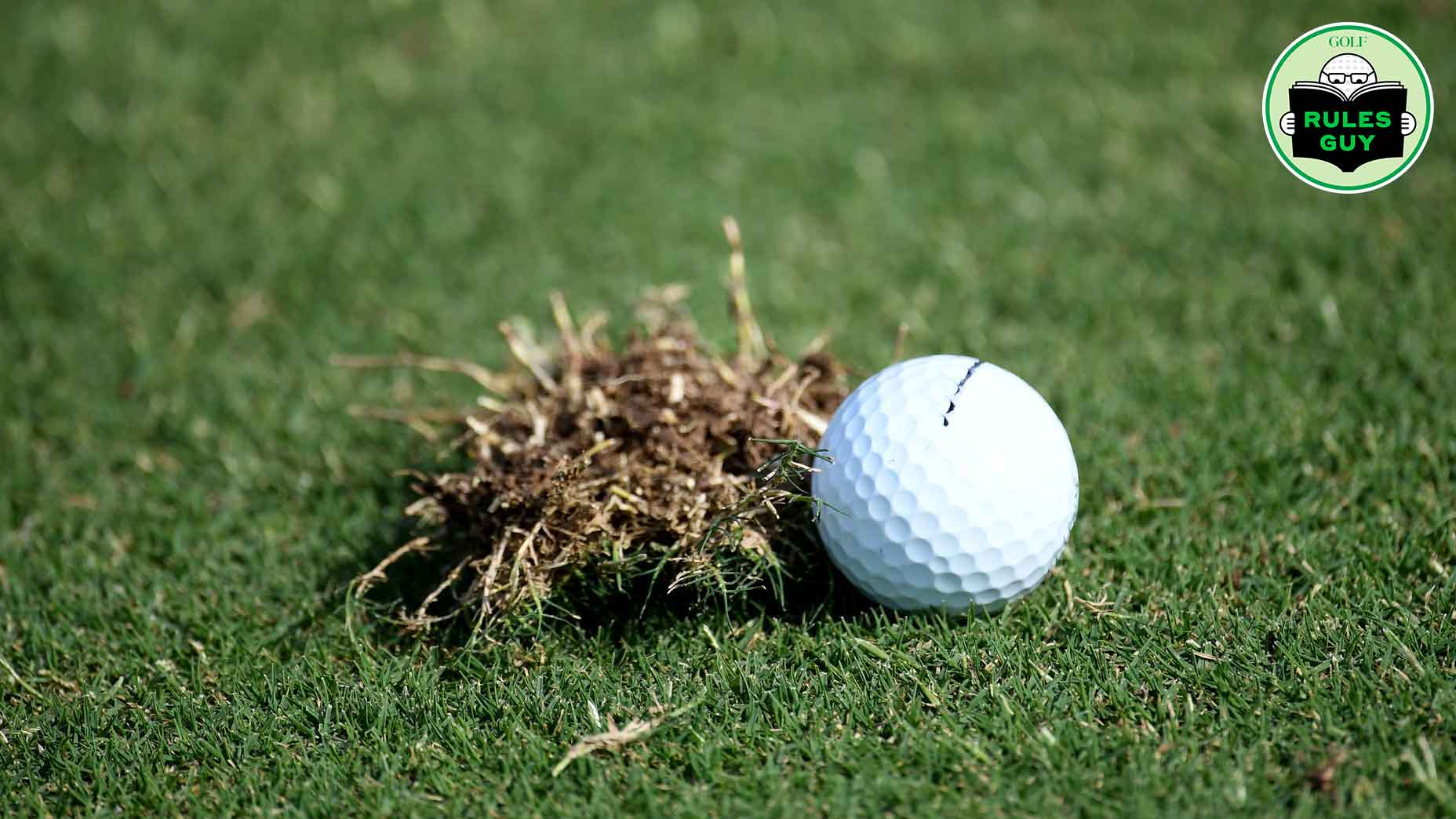 Rules Guy: Is there a rule against playing music on the course?
Rules Guy: Is there a rule against playing music on the course?
Rules Corner: How do I proceed when searching for a lost ball?
The updated Rules of Golf came with many changes, with most of them centered around speeding up pace of play. One of the areas that comes into effect often for the average golfer is when dealing with lost balls.
Under the old rules, players previously had up to five minutes to search for a lost ball. Now, that time has been reduced to three minutes, as outlined under Rule 18.2a.
“When Ball is Lost: Your ball is lost if not found in three minutes after you or your caddie begin to search for it,” the rule says.
In addition to reducing the amount of time, the rules also outline what is allowed when searching for your ball. This is covered under Rule 7.1.
While searching, you are allowed to “take reasonable actions to find and identify your ball.” Reasonable actions include moving sand or water, and moving or bending grass, bushes, tree branches and other growing or attached natural objects. Doing any of these things will not result in a penalty. However, the rule does go on to state “if taking such reasonable actions as part of a fair search improves the conditions affecting the stroke there is no penalty. But if the improvement results from actions that exceeded what was reasonable for a fair search, you get the general penalty.”
ADVERTISEMENT
And if you accidentally move your ball when searching for it, don’t worry because the new rules do not penalize you. Simply replace the ball and play your next shot.
“There is no penalty if your ball is accidentally moved by you, your opponent or anyone else while trying to find or identify it,” says Rule 7.4.
If you can’t find the ball in the allotted three minutes, you must take a penalty. You are still afforded the stroke-and-distance provision, but in addition there is a new local rule. Under the local rule, players are afforded the option of dropping in the fairway. First, find where the ball went out of bounds and create an imaginary perpendicular line to the fairway, no closer to the hole. Players are allowed to drop anywhere within two club-lengths behind the line with the next shot being their fourth.
All of these changes were put in place in order to speed up pace of play, and with it your enjoyment of the round.
READ MORE:
What is and isn’t legal on the putting green?
What is opposite-side relief? Here’s why it matters.
Do you know the difference between an integral object and an immovable obstruction?
Is it permissible to check a bunker’s depth with a tee?
Are you entitled to free relief from a sandy cart path?
To receive GOLF’s all-new newsletters, subscribe for free here.
ADVERTISEMENT





